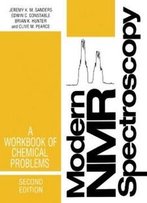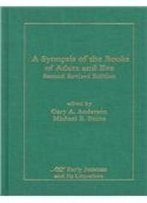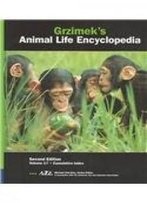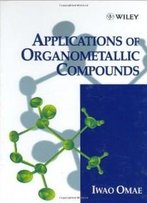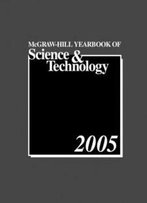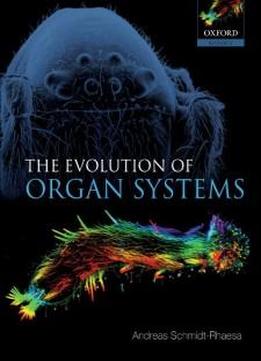
The Evolution Of Organ Systems
by Andreas Schmidt-Rhaesa /
2007 / English / PDF
15.1 MB Download
Systematics has developed rapidly during the past two decades. A
multitude of new methods and contributions from a diversity of
biological fields including molecular genetics and developmental
biology have provided a wealth of phylogenetic hypotheses, some
confirming traditional views others contradicting them. Despite
such inconsistencies, it is now possible to recognize robust
regions of a 'tree of life' and also to identify problematic areas
which have yet to be resolved. This is the first book to apply the
current state of phylogeny to an evolutionary interpretation of
animal organ systems and body architecture, providing alternative
theories in those cases of continuing controversy. Organs do not
appear suddenly during evolution; instead they are composed of far
simpler structures. In some cases it is even possible to trace
particular molecules or physiological pathways as far back as
pre-animal history. What emerges is a fascinating picture, showing
how animals have combined ancestral and new elements in novel ways
to form constantly changing responses to environmental
requirements. The Evolution of Organ Systems starts with a general
overview of current animal phylogeny, followed by review of general
body organization including symmetry, anteroposterior axis,
dorsoventral axis, germ layers, segmentation, and skeletons.
Subsequent chapters then provide a detailed description of the
individual organ systems themselves - integument, musculature,
nervous system, sensory organs, body cavities, excretory system,
circulatory system, respiratory system, intestinal system, gonads
and gametes. Generously illustrated throughout, this accessible
text is suitable for both upper level undergraduate and graduate
students taking courses in animal evolution, organogenesis, animal
anatomy, zoology and systematics.
Systematics has developed rapidly during the past two decades. A
multitude of new methods and contributions from a diversity of
biological fields including molecular genetics and developmental
biology have provided a wealth of phylogenetic hypotheses, some
confirming traditional views others contradicting them. Despite
such inconsistencies, it is now possible to recognize robust
regions of a 'tree of life' and also to identify problematic areas
which have yet to be resolved. This is the first book to apply the
current state of phylogeny to an evolutionary interpretation of
animal organ systems and body architecture, providing alternative
theories in those cases of continuing controversy. Organs do not
appear suddenly during evolution; instead they are composed of far
simpler structures. In some cases it is even possible to trace
particular molecules or physiological pathways as far back as
pre-animal history. What emerges is a fascinating picture, showing
how animals have combined ancestral and new elements in novel ways
to form constantly changing responses to environmental
requirements. The Evolution of Organ Systems starts with a general
overview of current animal phylogeny, followed by review of general
body organization including symmetry, anteroposterior axis,
dorsoventral axis, germ layers, segmentation, and skeletons.
Subsequent chapters then provide a detailed description of the
individual organ systems themselves - integument, musculature,
nervous system, sensory organs, body cavities, excretory system,
circulatory system, respiratory system, intestinal system, gonads
and gametes. Generously illustrated throughout, this accessible
text is suitable for both upper level undergraduate and graduate
students taking courses in animal evolution, organogenesis, animal
anatomy, zoology and systematics.
